Nature & Wildlife Conservation
Women Empowerment
Economic Upgrade
Culture & Heritage Conservation and Exchange
Sustainable and Equitable Tourism
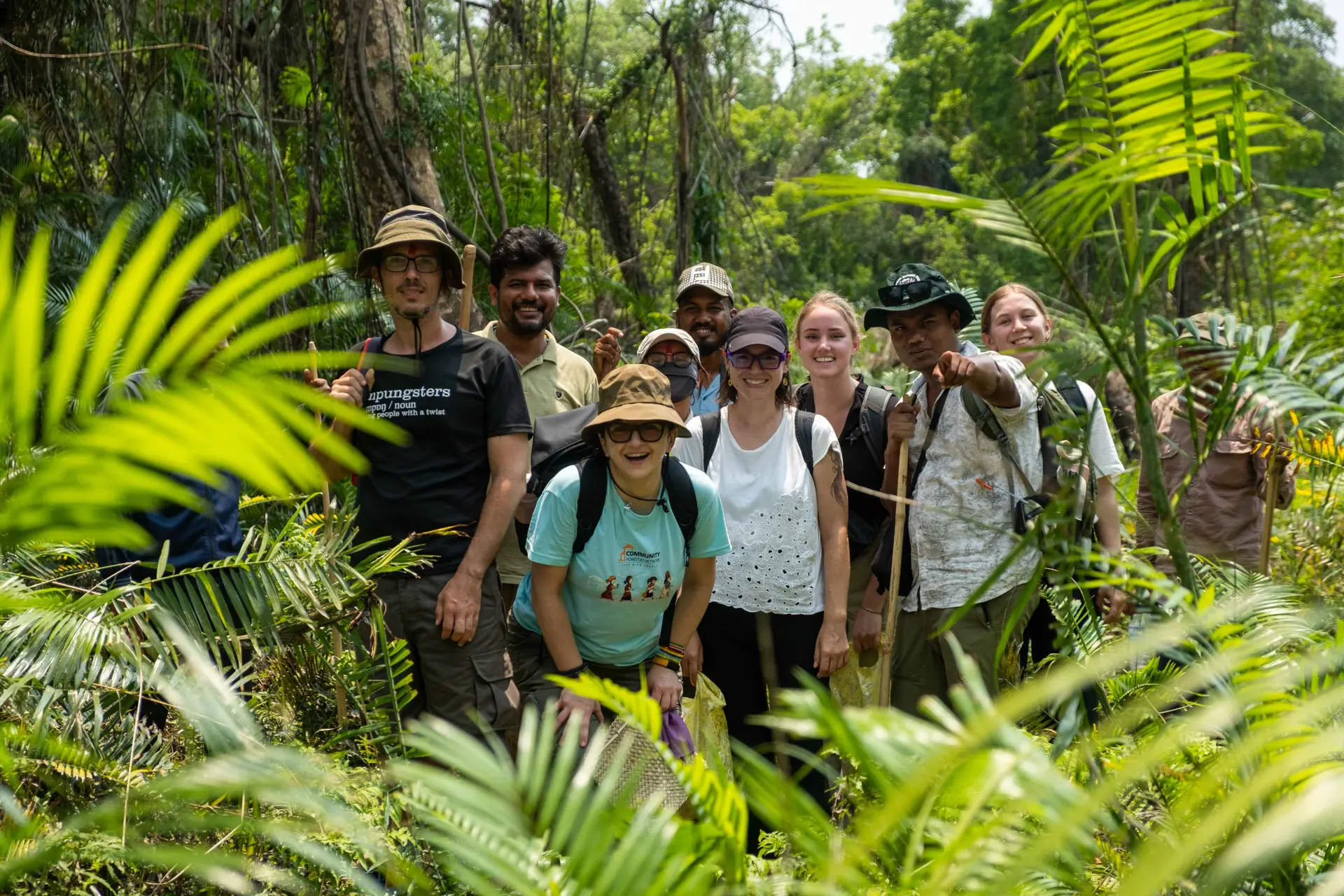
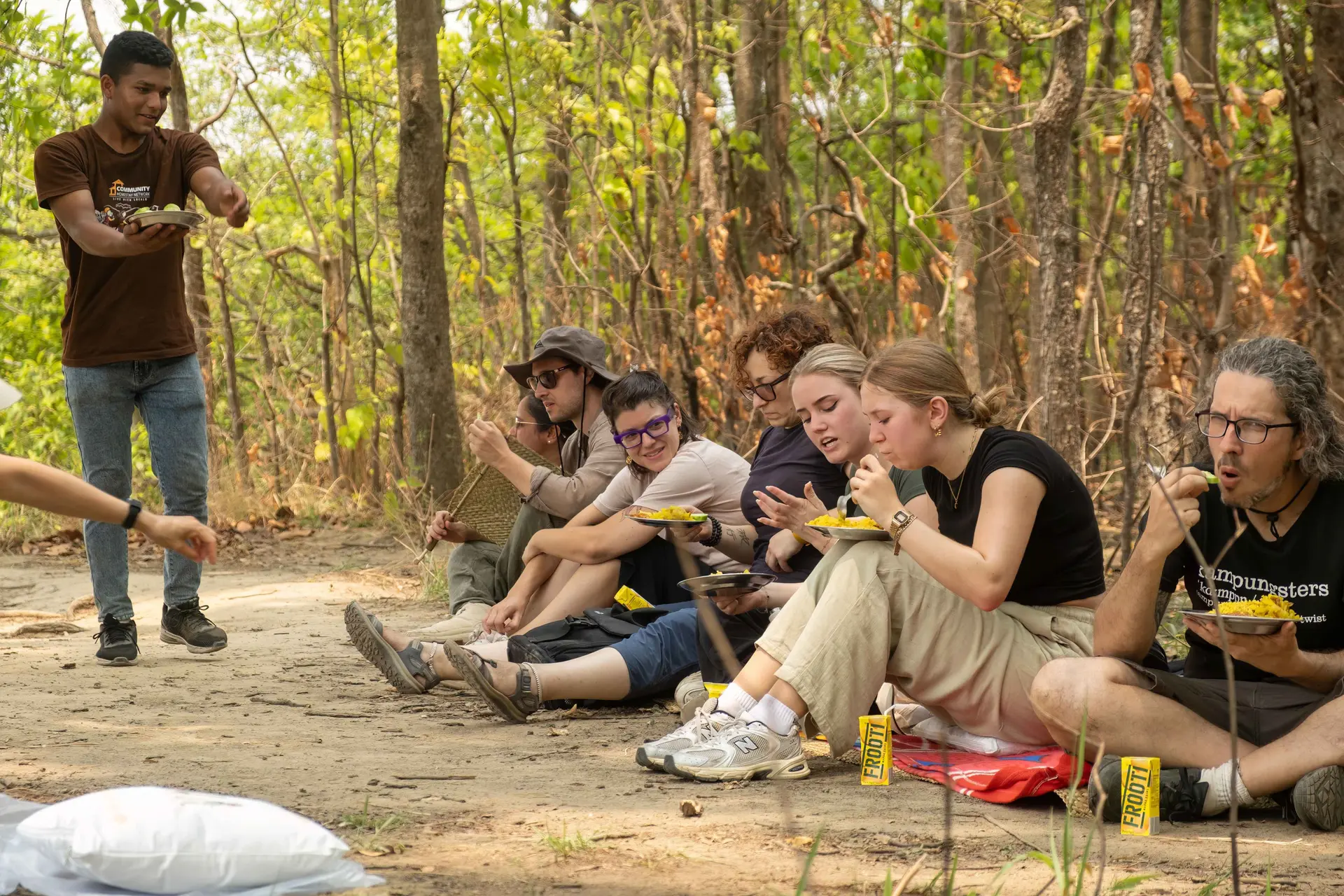
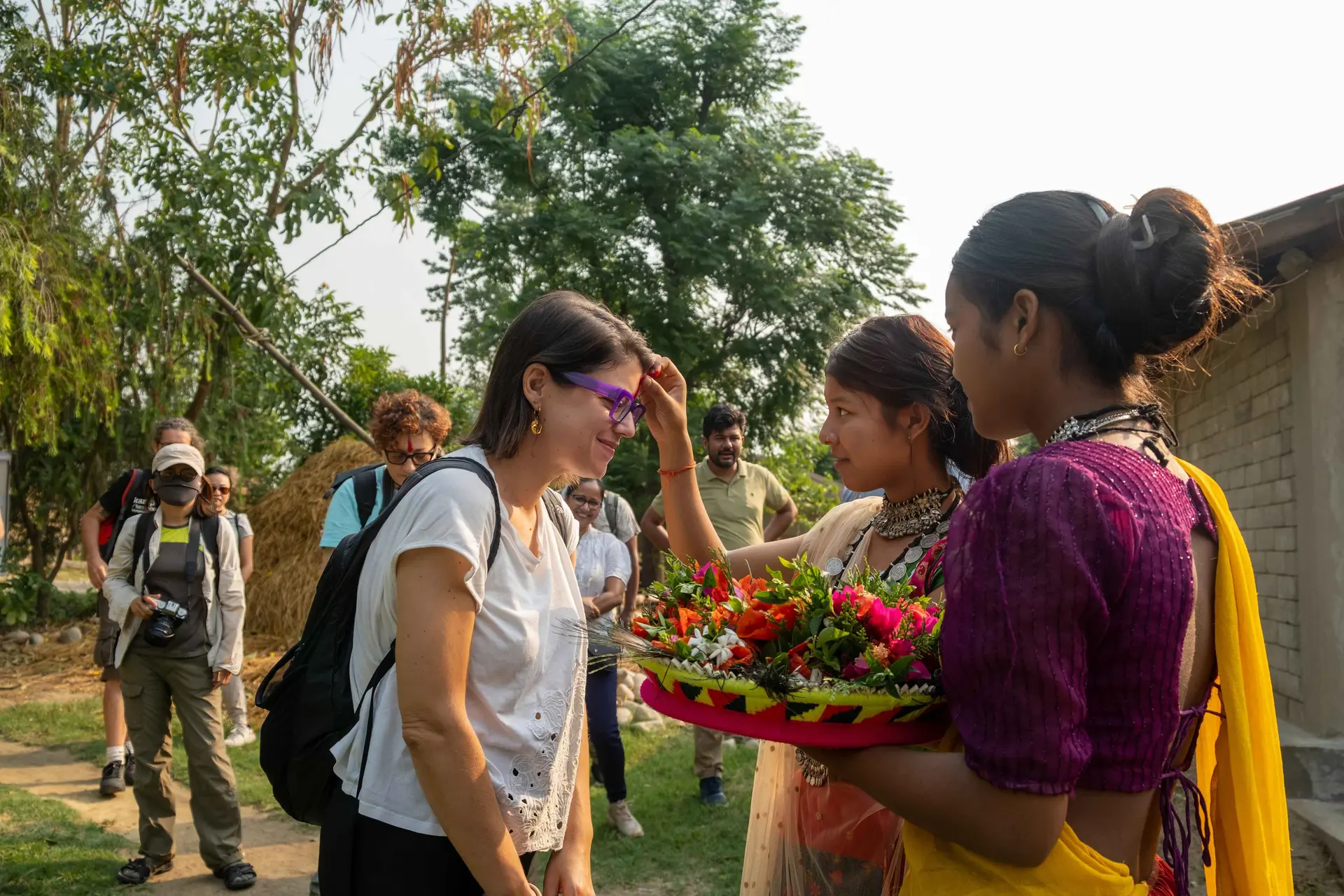
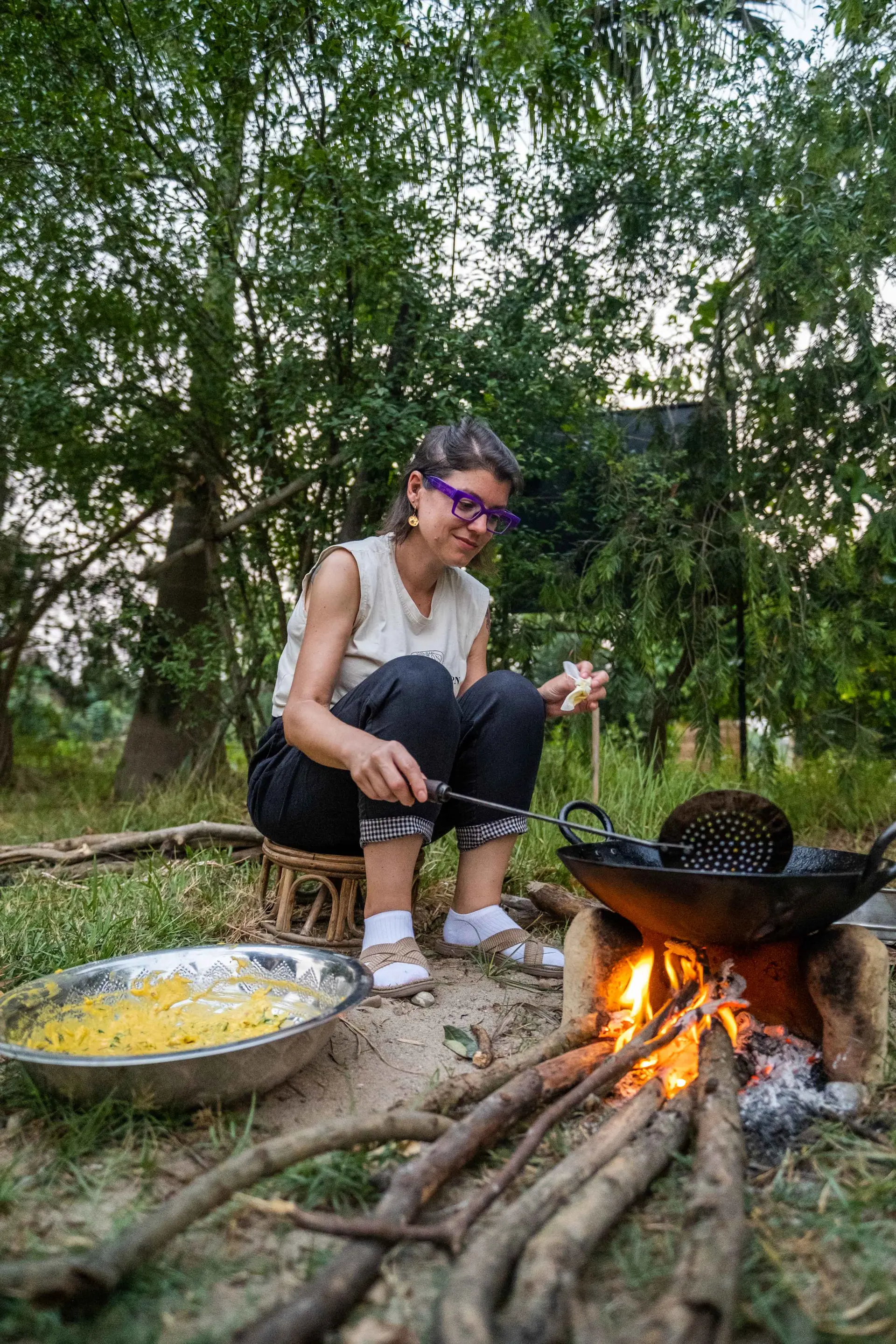
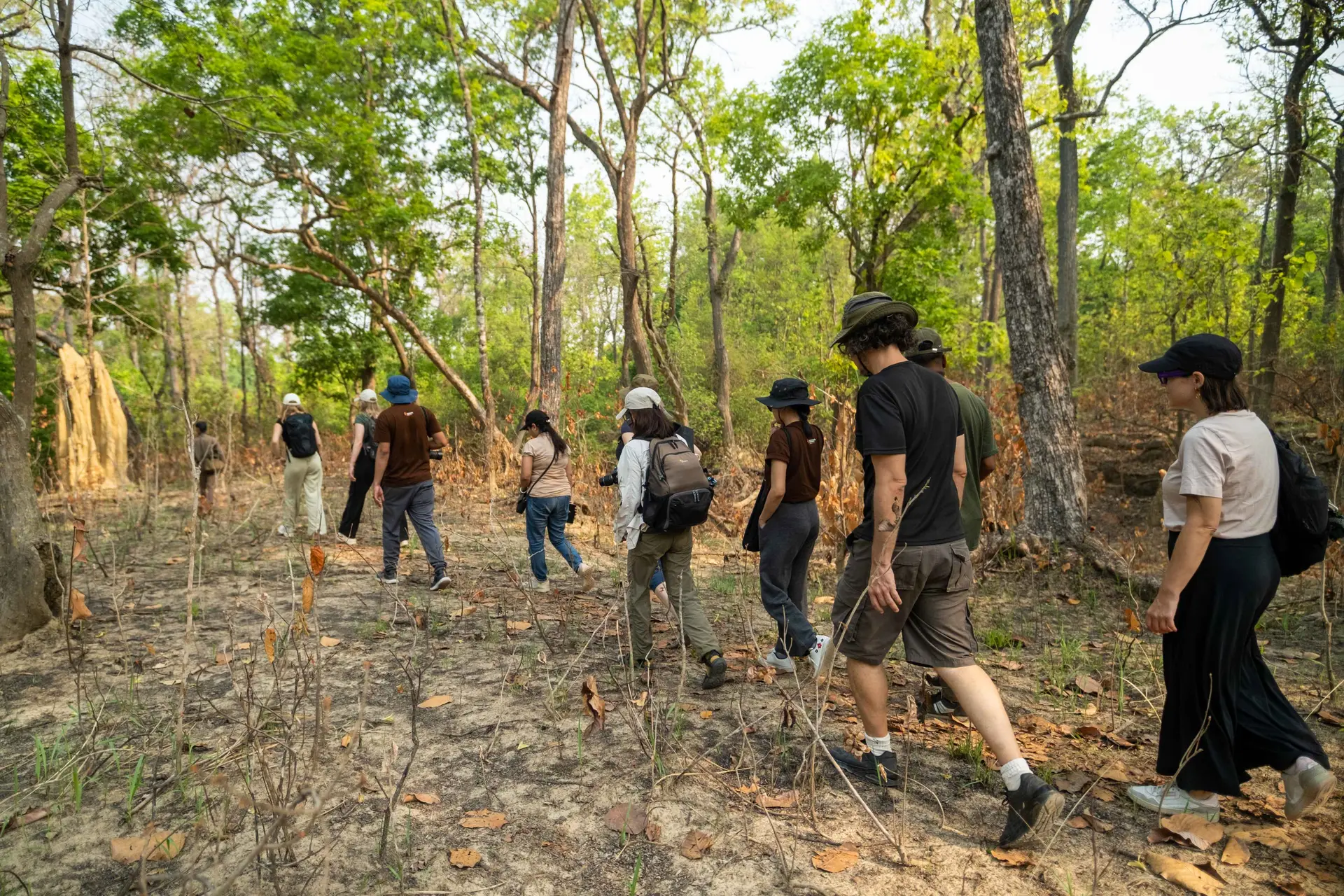
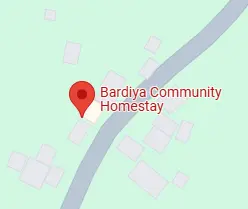
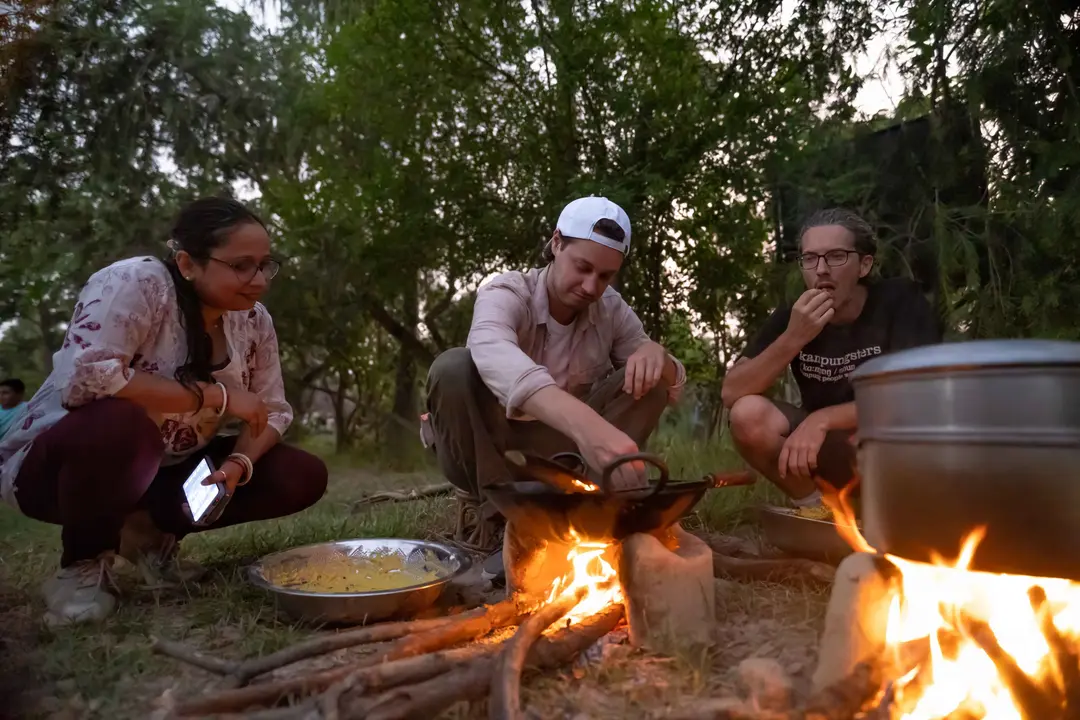
Explore the flavors with hands-on cooking classes.
Take a walk through the beautiful village.
You'll be provided with Breakfast, Lunch and Dinner.
Accommodation
Travel off the beaten path in Western Nepal at the Bardiya Community Homestay. Stay with local Tharu people and explore the wildlife in Bardiya National Park while travelling to Bardiya.

Guided walk through the forest near the homestay. Explore diverse wildlife and birds in the buffer zone adjacent to Bardiya National Park.

Nature & Wildlife Conservation
Women Empowerment
Economic Upgrade
Culture & Heritage Conservation and Exchange
Sustainable and Equitable Tourism
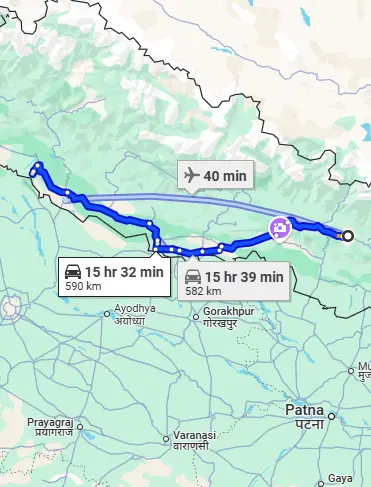
Private Vehicle – Drive 530 km from Kathmandu, which takes approximately 13 hours.
Bus – Take a bus from Kathmandu, which has a travel time of around 14 hours.
Air – Fly to Nepalgunj Airport, with a flight duration of around 2 hours, followed by a drive to the homestay.
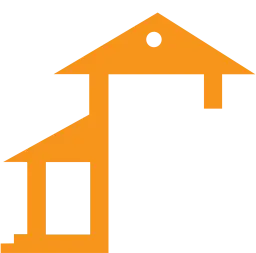
Based on 1 ratings
5 star
4 star
3 star
2 star
1 star

4.00/5
I loved this place so much! The homestay is very close to the entrance of Bardia National Park, so the environment is rural, natural and even a little bit exciting, as one evening we saw some elephants roaming the borders of the park from our house. The grounds of the homestay are lovely, with a lot of plants, flowers, little houses and cute wiggling ducks. I stayed in one of the houses, which had a bedroom and attached bathroom. A step back in time with the mud floors and walls, but I liked it a lot. If you are looking for authenticity, you will enter and leave with a smile :) There was great hospitality, the family was very sweet and they served us delicious dal bhat, pancakes and tea. My friend even helped in the kitchen! Yes, I made some good memories here...
Yes, some families have pets. If you are allergic, please let us know when booking, and we’ll arrange a stay in an animal-free house for you.
There is no central heating or air conditioning in the rooms. However, all rooms have ceiling fans for the warmer months (June - September) and warm blankets are provided for the colder months (November - March).
No, smoking is not allowed inside the house. However, you can smoke outside.
While there are different types of sockets, the majority of sockets work with European (2-round pins) and Indian (3-round pins) plugs. Please note that North American plugs require a voltage converter, as Nepal uses 220 volts.
September to November is a great time to visit as the weather is warm and wildlife watching is at its best. December to March is winter, with mild days cold nights and fewer visitors. Hot temperatures characterize April to July, and Monsoon starts in mid-June and lasts until mid-September.